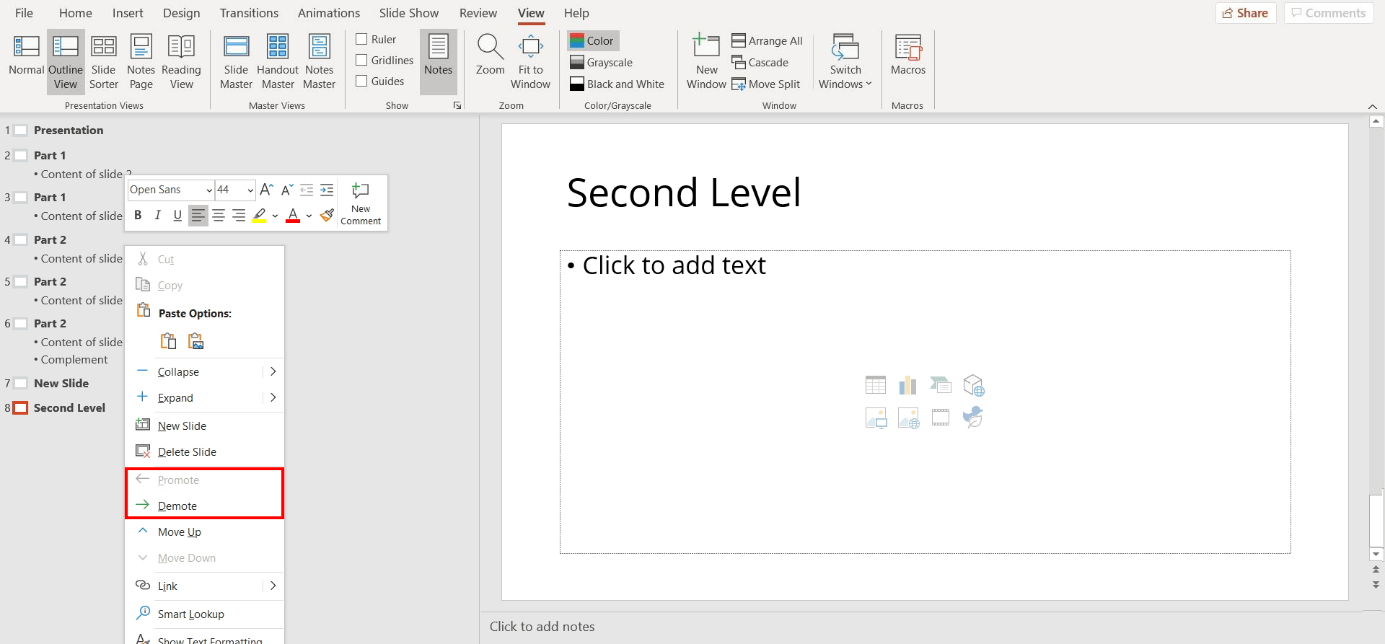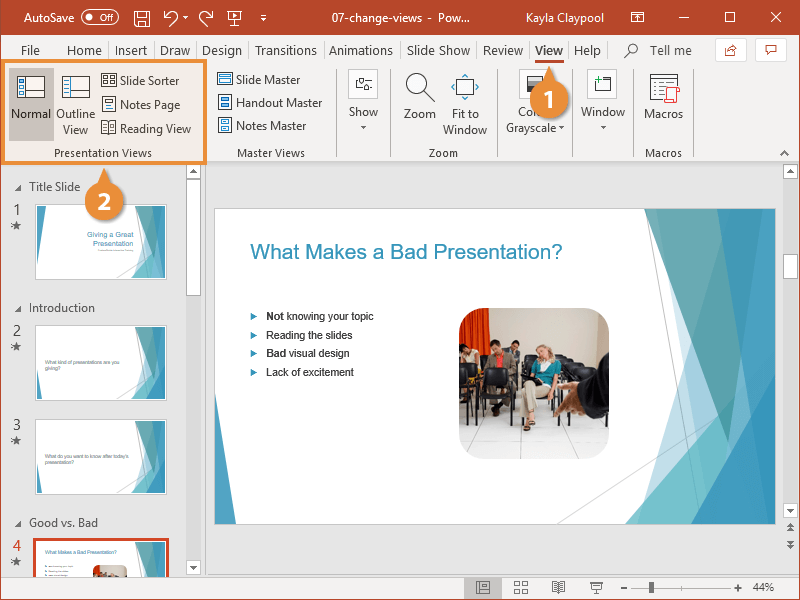

You don’t rely on the content of a note itself, but on the note’s existence. Reference notes instead of pasting their content.If you change the notes in the process, the changes won’t be reflected in your draft. This creates a strong relationship between your draft and your notes right away.
 Copy and paste everything into a single document and rewrite later. There are two possible ways to assemble a draft with the help of notes from the archive: When I work on my Zettelkasten book manuscript, I have to incorporate years’ worth of notes into the outline. Indenting too deep is a sign that I have to consider creating sub-sections: Zoomed out, the outline can look a bit odd, though. This is a great relief when you write really large texts, too. There’s no need for over-analyzing something prior to getting ideas on paper because nothing’s cast in stone. Since you know that there’s always time to change the order of things later, “to get research done first” will not prevent you from drafting the document. This is a very powerful feature since you can work iteratively this way. This way, you can sketch an idea and add research results before you know what the finished text will look like. When you move items in your outline, you move the research notes with them, keeping together what belongs together. You can attach research notes to parts of your outline as descendant items to make clear what belongs together. Without such hierarchical organization, I wouldn’t have access to this information.īesides helping strengthening your sentences and providing a hierarchy, outlines make organizing references easier. Moreover, the relationship from the item I want to extract to its ancestor provides context information I may have to provide again when I move it. I know when an item in the outline has descendants, I will have move them, too, because descendants belong to their ancestral item. To work with a hierarchical outline solved this problem for me. If you want to leave the parts coherent, how much of the surrounding sentences do you have to extract with the one you’d like to move? You have to find out what the context of a sentence is. It’s hard to extract parts of a finished paragraph. You can attach research notes as references as they are at first instead of embedding them in the text immediately. You can see the structure of the ideas you employ. Outlines are composed of movable parts, as opposed to finished paragraphs and blocks of texts. Outlines help to separate composing a text from creating flow. I have to re-write my texts a lot to create flow.
Copy and paste everything into a single document and rewrite later. There are two possible ways to assemble a draft with the help of notes from the archive: When I work on my Zettelkasten book manuscript, I have to incorporate years’ worth of notes into the outline. Indenting too deep is a sign that I have to consider creating sub-sections: Zoomed out, the outline can look a bit odd, though. This is a great relief when you write really large texts, too. There’s no need for over-analyzing something prior to getting ideas on paper because nothing’s cast in stone. Since you know that there’s always time to change the order of things later, “to get research done first” will not prevent you from drafting the document. This is a very powerful feature since you can work iteratively this way. This way, you can sketch an idea and add research results before you know what the finished text will look like. When you move items in your outline, you move the research notes with them, keeping together what belongs together. You can attach research notes to parts of your outline as descendant items to make clear what belongs together. Without such hierarchical organization, I wouldn’t have access to this information.īesides helping strengthening your sentences and providing a hierarchy, outlines make organizing references easier. Moreover, the relationship from the item I want to extract to its ancestor provides context information I may have to provide again when I move it. I know when an item in the outline has descendants, I will have move them, too, because descendants belong to their ancestral item. To work with a hierarchical outline solved this problem for me. If you want to leave the parts coherent, how much of the surrounding sentences do you have to extract with the one you’d like to move? You have to find out what the context of a sentence is. It’s hard to extract parts of a finished paragraph. You can attach research notes as references as they are at first instead of embedding them in the text immediately. You can see the structure of the ideas you employ. Outlines are composed of movable parts, as opposed to finished paragraphs and blocks of texts. Outlines help to separate composing a text from creating flow. I have to re-write my texts a lot to create flow. 
Usually, I don’t come up with sentences, paragraphs, or sections which work out-of-the-box. Remember, English is my second language only. I use this feature heavily in my book manuscript, though, and I found that research-laden posts benefit from an outline, too. Most of the time, though, blog posts simply are too short to make much use of re-arranging their parts. This way, I can rearrange paragraphs sentence by sentence in my text editor.
#FREEPLANE OUTLINE VIEW CHANGE FULL#
I start with a few broad strokes and go into detail, which equals using deeper levels of indentation.Įvery item in the outline is going to be a full sentence. I found this to be a game-changer when it comes to writing, so I thought I’d share the process. Nowadays, I write all of my texts in outlines. The start of this very post as an outline.







 0 kommentar(er)
0 kommentar(er)
